Tohoku Shinkansen (Tokyo–Sendai–Morioka–Shin-Aomori) inc. Yamagata, Akita & Hokkaido Shinkansen
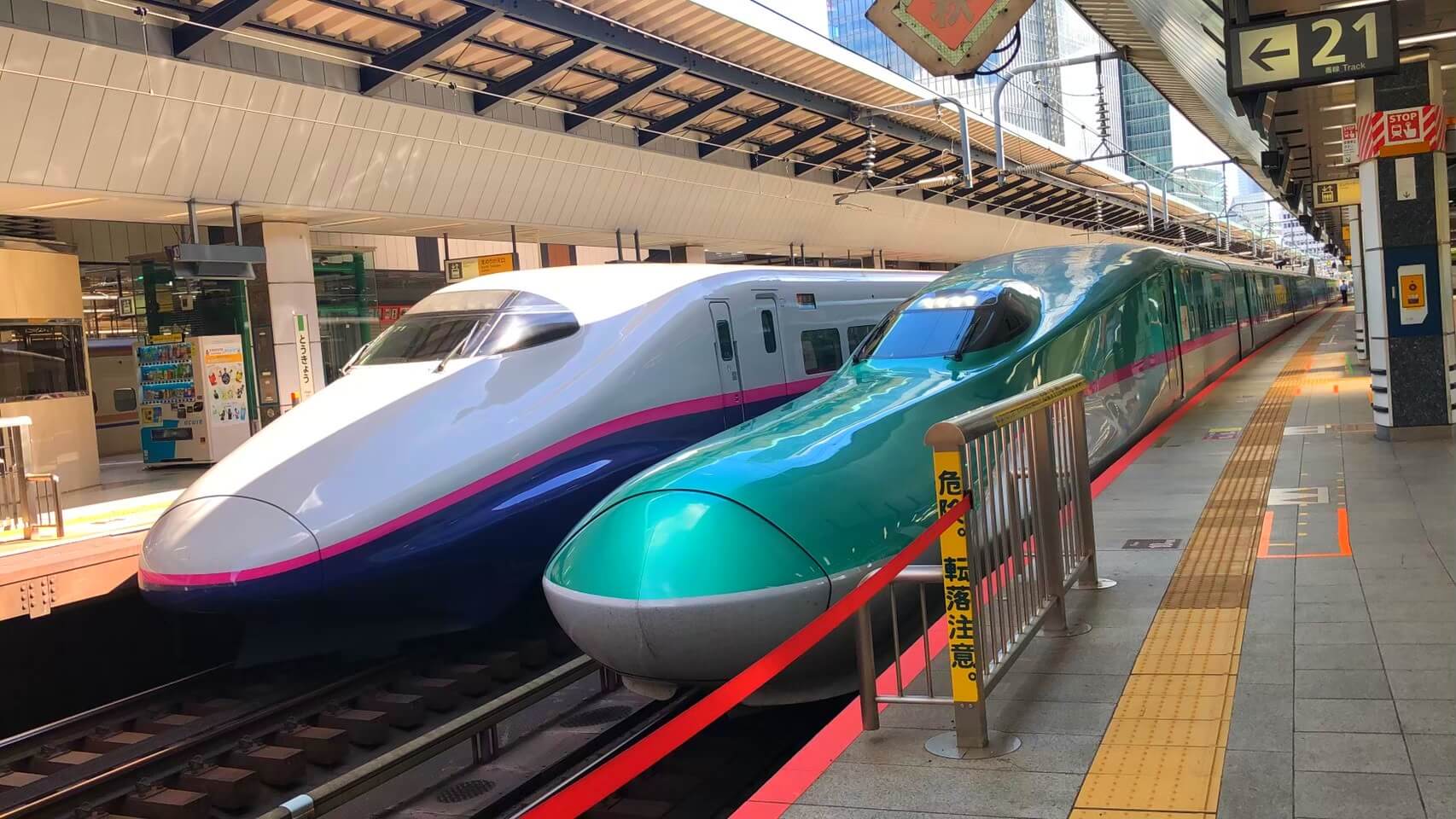
The Tohoku Shinkansen is the longest of Japan’s legendary ‘Bullet Train’ lines. Running from Tokyo Station to Shin-Aomori Station, the line also connects the regional Yamagata Shinkansen, Akita Shinkansen and Hokkaido Shinkansen lines. On this page you will find the following information:
— Tohoku Shinkansen Line Map & Stations
— Types of Carriages & Seating
— Connection to the Yamagata Shinkansen
— Connection to the Akita Shinkansen
— Connection to the Hokkaido Shinkansen
Japan’s shinkansen network really is a marvel. Spanning-out across the entire country, it is quick, comfortable and easy to use. No trip to Japan is truly complete without using it at least once. However, when it comes to using the Tohoku Shinkansen, it can be a little confusing given the number of stations along its length and the branch lines including the Yamagata Shinkansen, Akita Shinkansen and Hokkaido Shinkansen that connect to it. Multiples services run along the line, each with a different name often using a different series train.
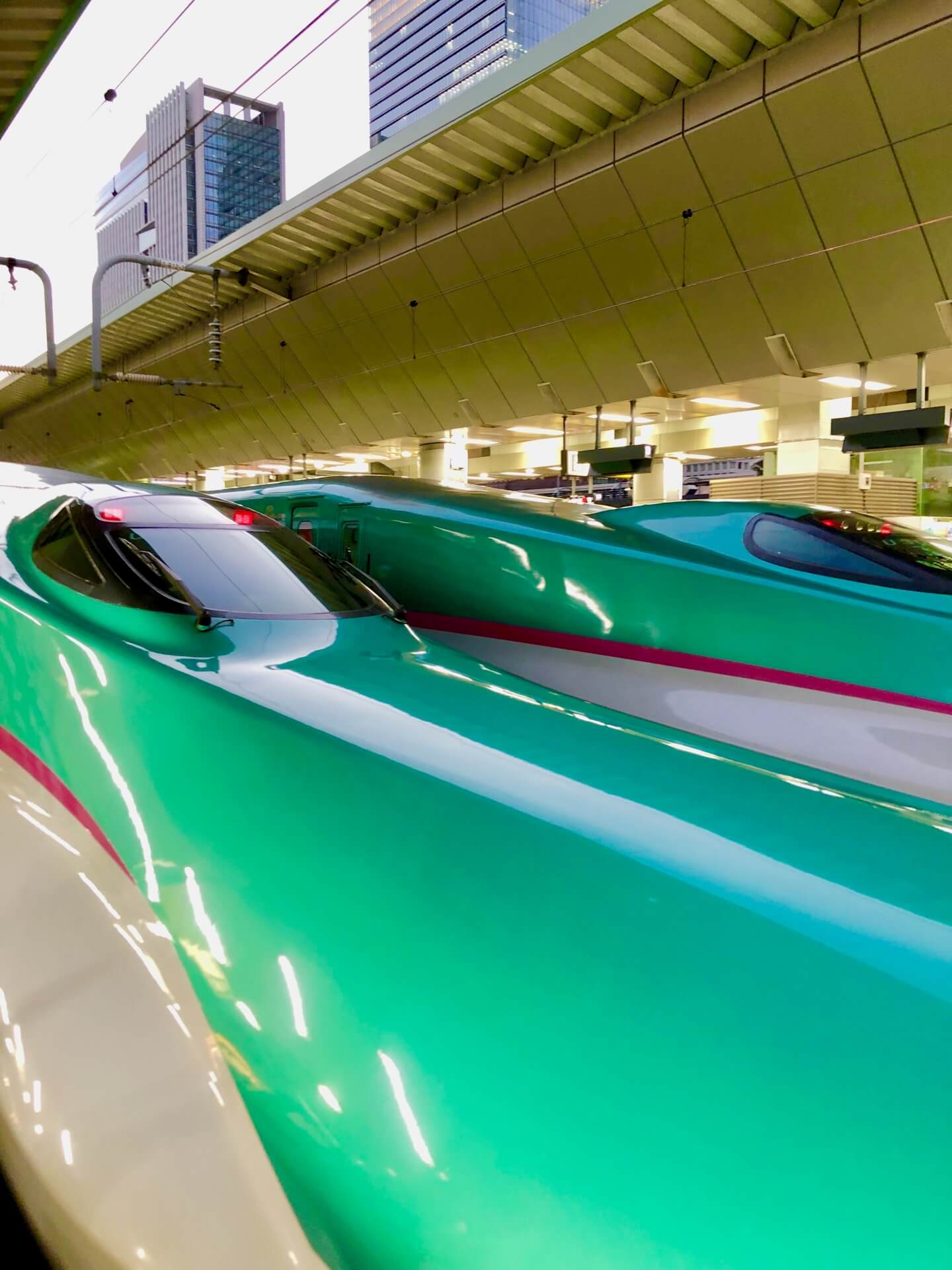
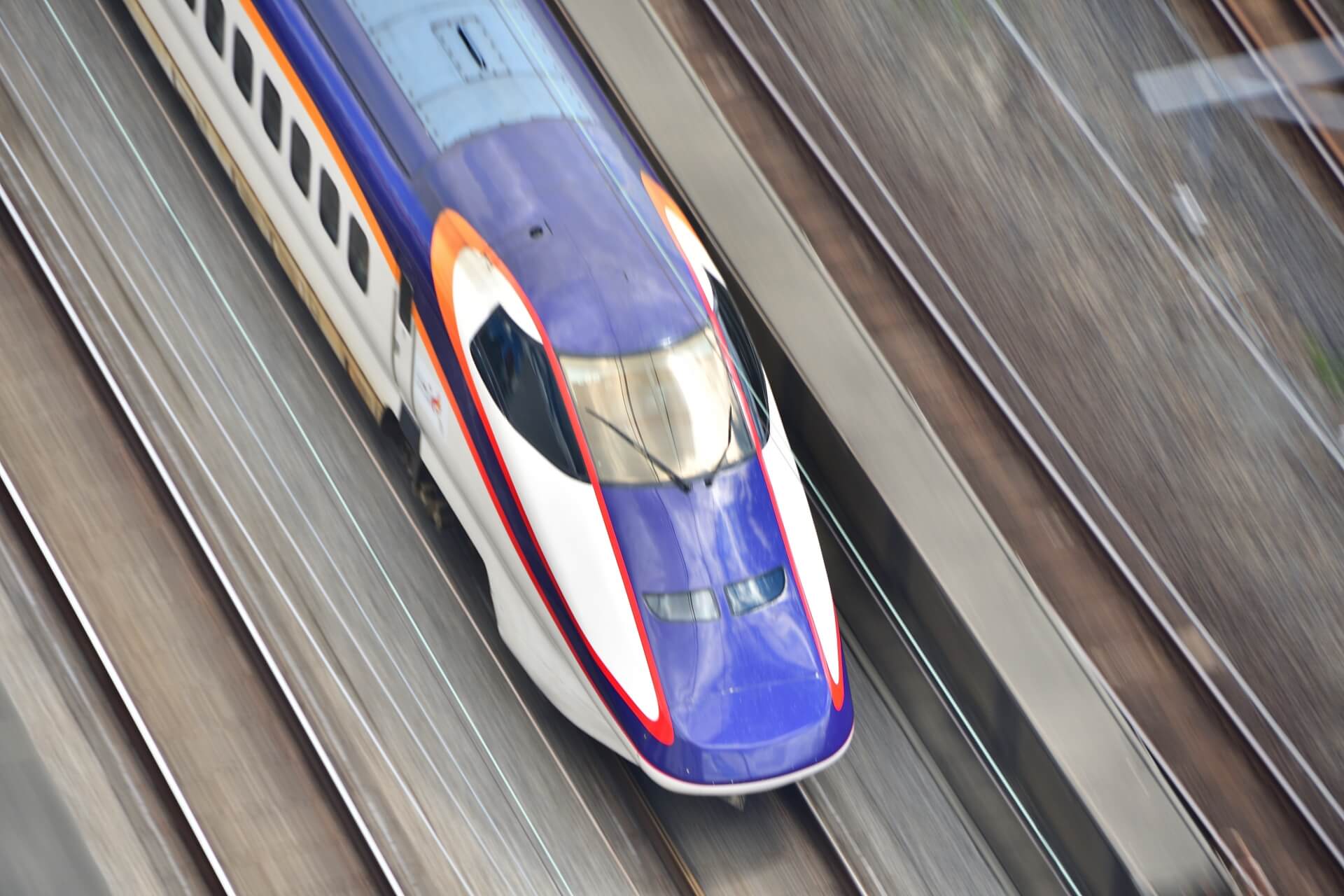
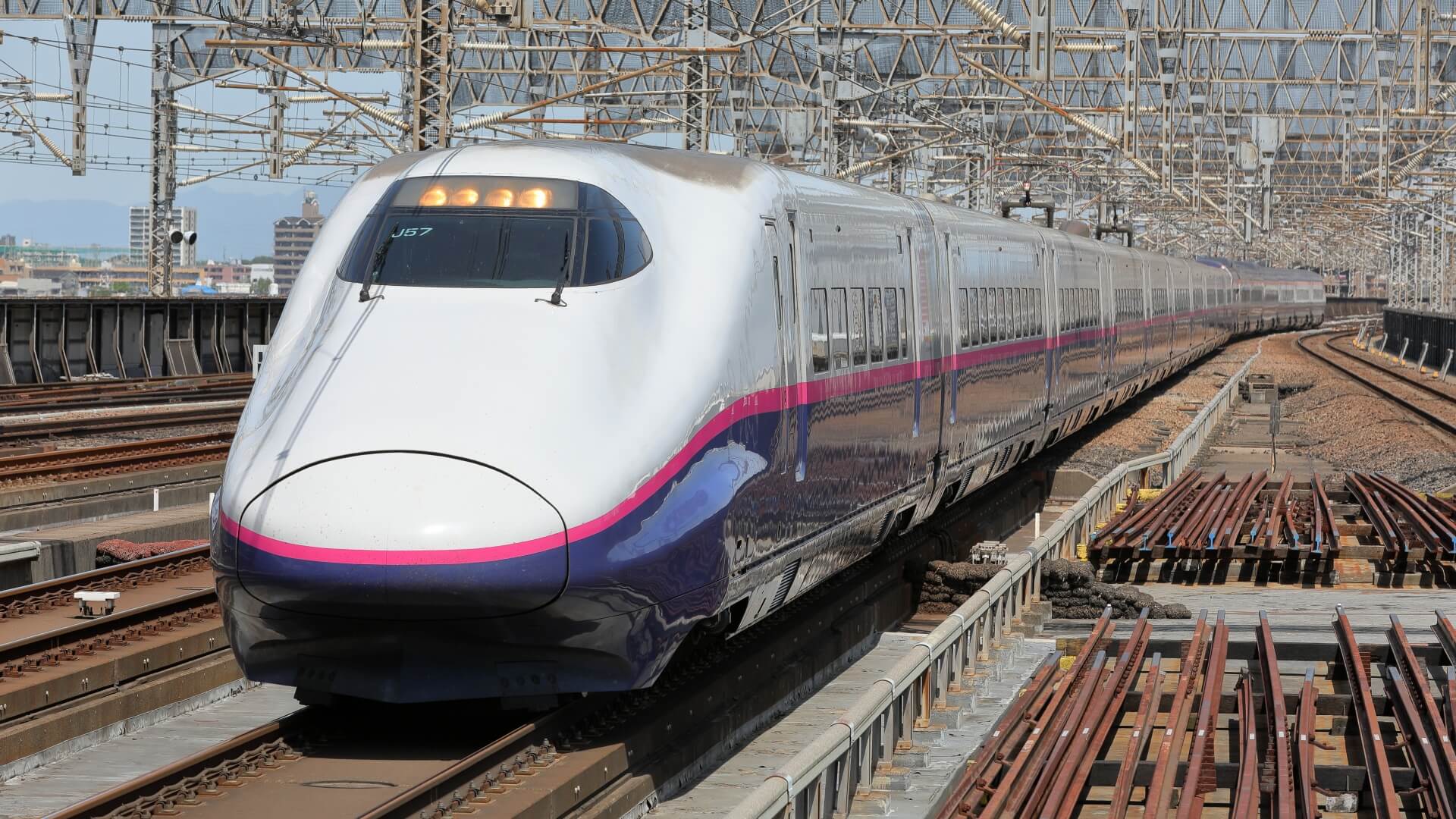
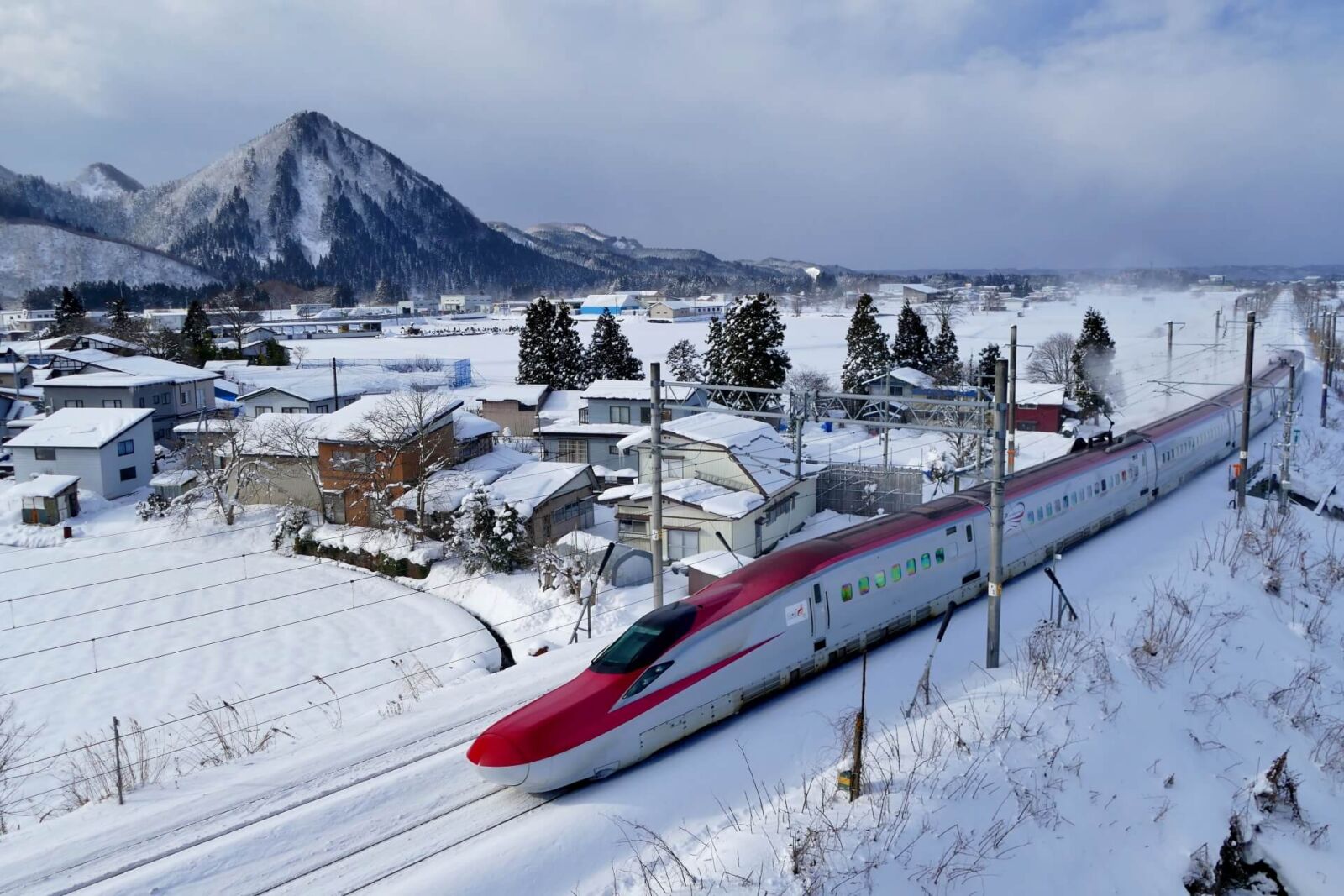
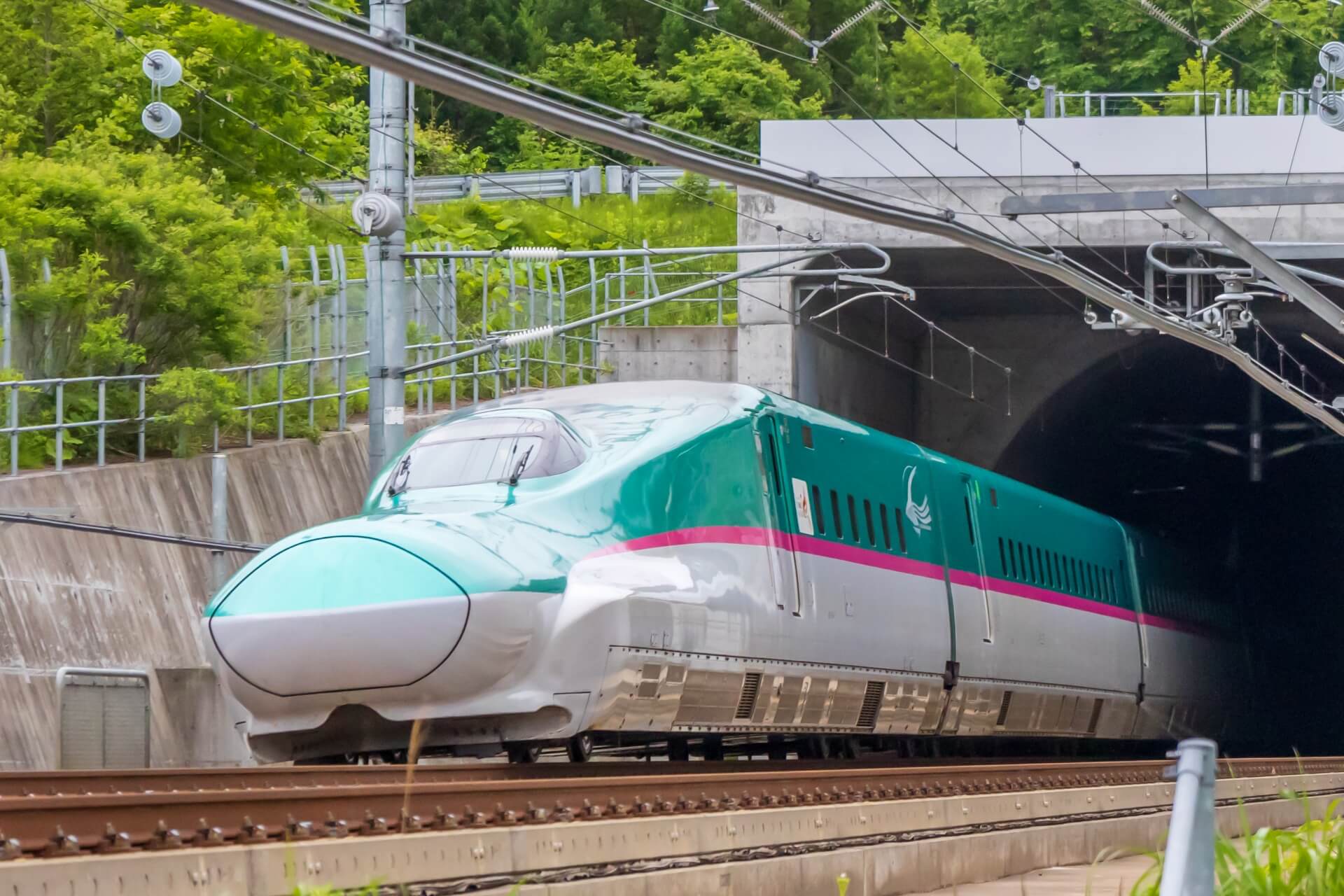
For the train nerds, this is something of a treat as you can ride five different series of trains on along the line (most shinkansen lines only have one or two). But for novices, this can be confusing. In explanation, all services running on the Tohoku and Hokkaido lines are shinkansen, while the Yamagata and Akita lines are serviced by ‘mini-shinkansen’. All services are fast to very fast and can be booked with additional charged for holders of the Japan Rail (JR) Pass. We hope the following information helps in planning your use of the line and you visit to Japan.
TOHOKU SHINKANSEN LINE MAP & STATIONS
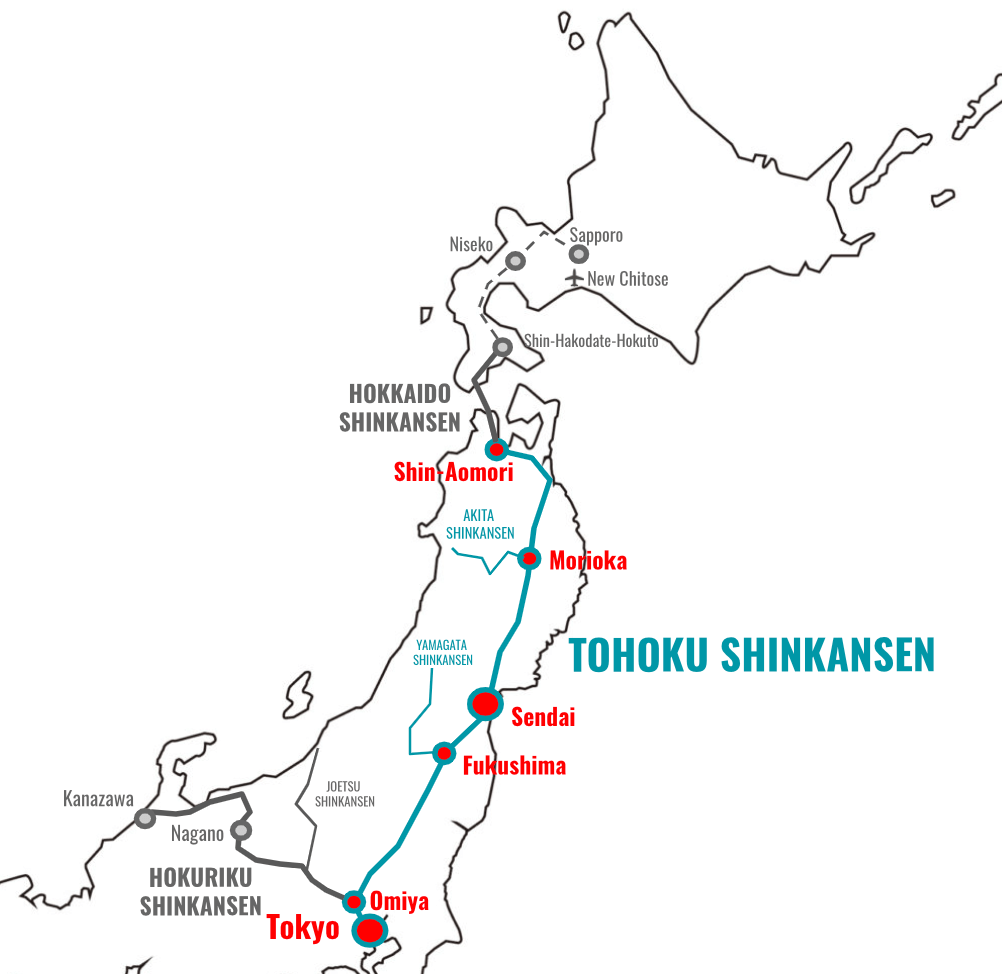
The Tohoku Shinkansen is the longest shinkansen line in Japan, covering 675km from Tokyo to Aomori. Running from Tokyo to the north-east into the expansive Tohoku region, it is the primary train route heading into the north-eastern prefectures of Fukushima, Yamagata, Miyagi, Iwate, Akita and Aomori while also connecting through to the north island of Hokkaido. The following stations are on the Tohoku line:
Tokyo / Ueno / Omiya / Oyama / Utsunomiya / Nasu-Shiobara / Shin-Shirakawa / Koriyama / Fukushima / Shiroishi-Zao / Sendai / Furukawa / Kurikoma-Kogen / Ichinoseki / Mizusawa-Esashi / Kitakami / Shin-Hanamaki / Morioka / Iwate-Numakunai / Ninohe / Hachinohe / Shichinohe-Towada / Shin-Aomori
Three stations along the line allow travellers to transfer onto to shorter / regional shinkansen lines: 1. the Yamagata Shinkansen via Fukushima Station 2. the Akita Shinkansen via Morioka Station, and 3. the Hokkaido Shinkansen via Shin-Aomori. Some services on each line will continue on from Tokyo without the need to transfer however you may also need to disembark at any of these stations to transfer to an onward service. For more information about each line, see the information below.
TYPES OF SERVICES
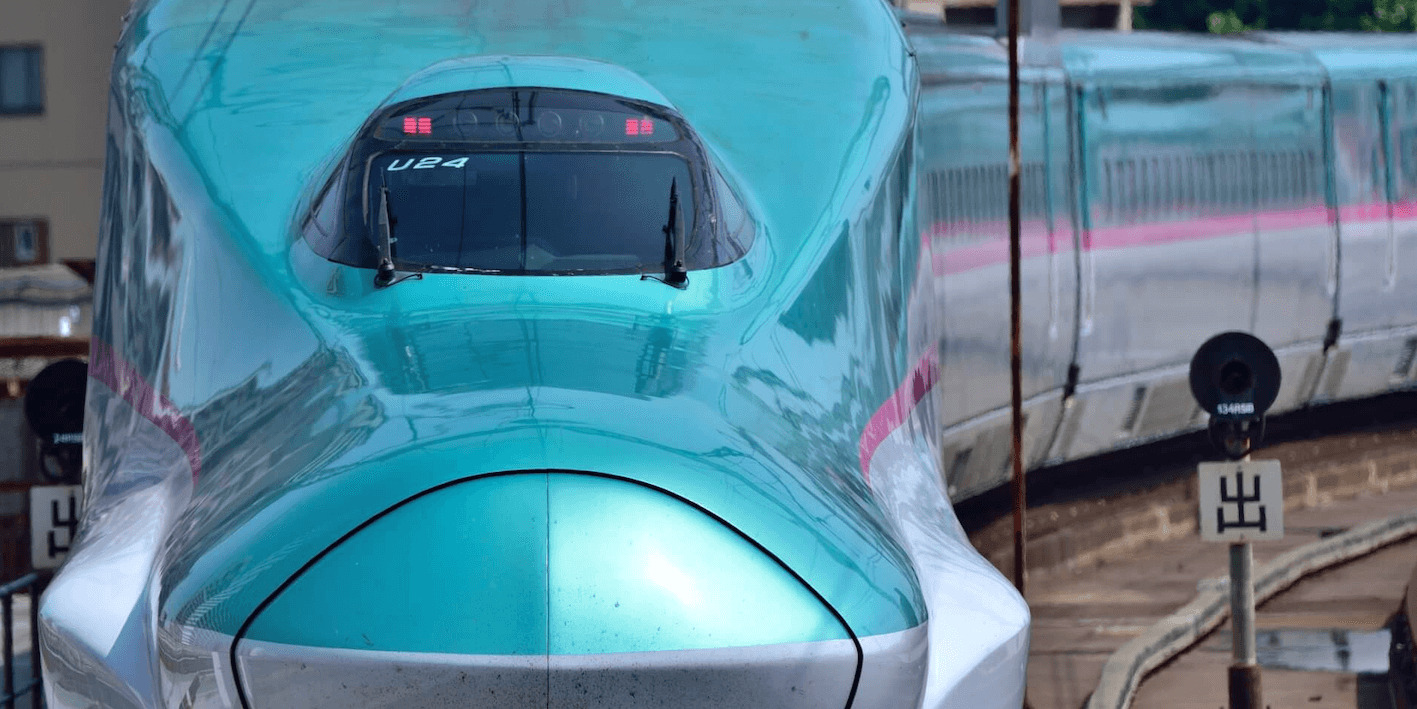
International visitors holding a valid Japan Rail (JR) Pass can use any service on the Tohoku Shinkansen at no additional charge. Four types of service operate on the line:
Hayabusa Tokyo to Shin-Aomori: 180 to 205 minutes
The ‘Hayabusa’ is the fastest service operating on the line and runs from Tokyo Station to Shin-Aomori Station – with some services going onto Shin-Hakodate-Hokuto Station in Hokkaido – see below for details. The service time depends on which stations it stops at. All Hayabusa services starting from Tokyo stop at Sendai, Morioka and Shin-Aomori, with other services stopping at all stations between Tokyo and Shin-Aomori and going onto Shin-Hakodate-Hokuto in Hokkaido. All seats on this service are reserved – meaning that even if you have a JR Pass, you’ll need to go into an office and book a seat (at no additional charge) with Green Car and Gran Class carriages included on each service.
Yamabiko Tokyo to Morioka: 135 to 200 minutes
The ‘Yamabiko’ service operates between Tokyo and Morioka, with a couple of services stopping one station earlier at Shin-Hanamaki. Whether the service stops at Morioka or Shin-Hanamaki, it will also stop at all station in-between including Koriyama, Fukushima and Sendai. Yamabiko services include both non-reserved and reserved seating – if you have a JR Pass, you’ll need to go into an office and book a seat (at no additional charge) with Green Car and Gran Class carriages also included on each service.
Nasuno Tokyo to Koriyama: 80 to 110 minutes
The ‘Nasuno’ only runs from Tokyo to Koriyama with a couple of services starting at Ueno, and stopping at all stations in-between. These services typically run in the morning and at night, intended for workers commuting in and out of Tokyo. Most carriages on Nasuno services are completing non-reserved and do not include Green Car or Gran Class.
Hayate Morioka to Shin-Aomori: 60 minutes
The ‘Hayate’ is the second fastest service on the line but one that does not run to and from Tokyo, instead running to and from Morioka and Shin-Aomori and onto Shin-Hakodate-Hokuto in Hokkaido. All seats on this service are reserved – meaning that even if you have a JR Pass, you’ll need to go into an office and book a seat (at no additional charge) with Green Car included on each service.
There are two other services operating on the line – the Tsubasa and Komachi. These services run to Fukushima Station and Morioka Station respectively before running onto the regional Yamagata and Akita lines – see below for details.
TYPES OF CARRIAGES
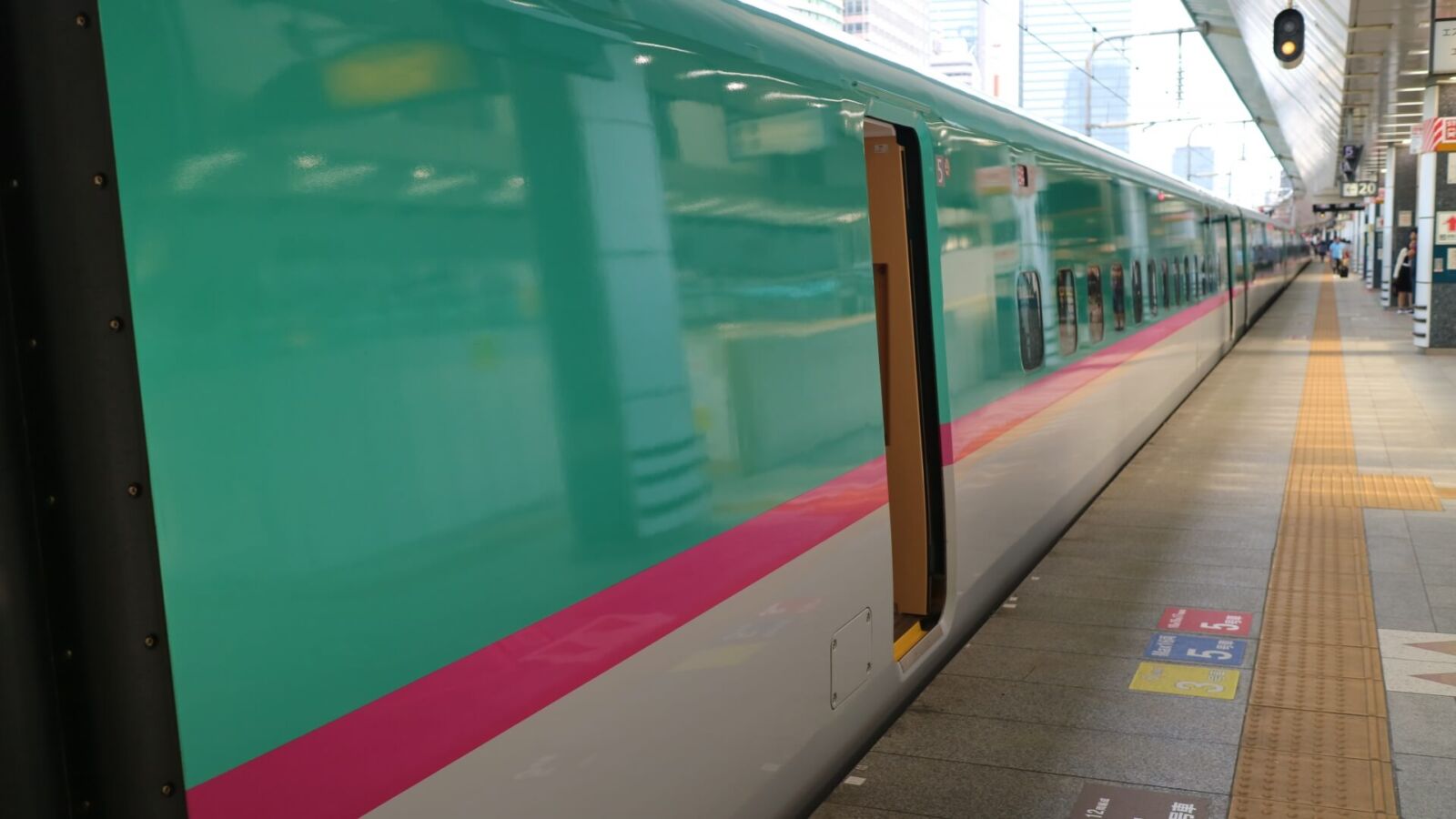
Not only is the Tohoku the longest shinkansen line in Japan, it’s also something of a dream for train nerds with different trains operating along it. If you fall into that category, you might be excited to know that the E2, E3, E5, E6 and H5 series all operate along the line. The formation of the trains varies somewhat however most include:
ORDINARY CAR
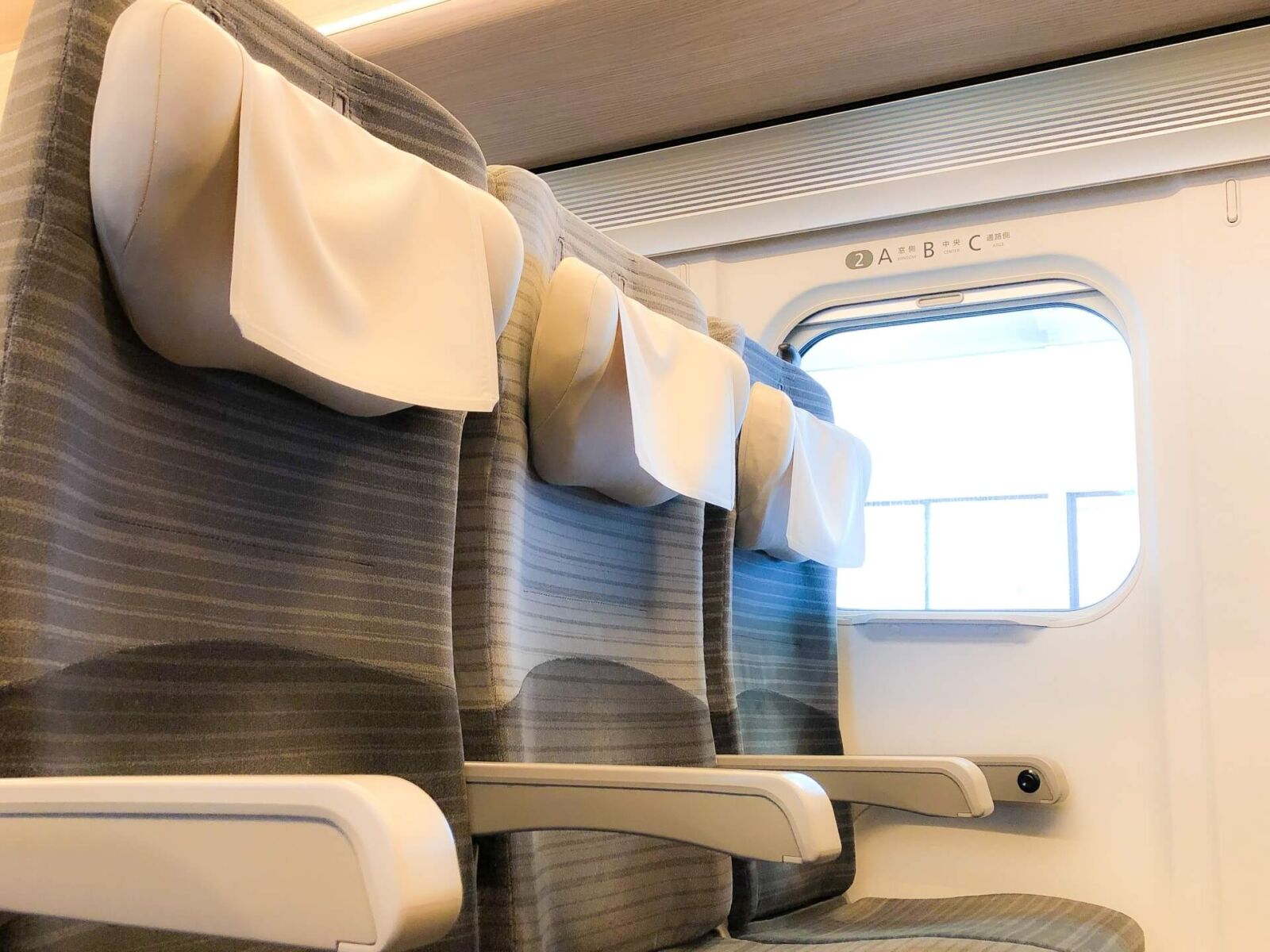
Most carriages on any shinkansen service will be comprised of ordinary cars. Ordinary cars typically have 5 seats per row separated by an aisle, with 3 seats on one side and 2 seats on the other – a standard 3 x 2 layout. Seats are comfortable and recline with reasonable legroom available. Each seat has a tray table which folds down from the seat in front and power access for charging electronic devices. Overhead storage is available above each seat however it is worth noting that larger luggage can be difficult to store. It’s important to note that all Hayabusa and Nasuno services are reserved seating only, requiring you to book in advance. Yamabiko services have both reserved and non-reserved carriages. All carriages on Hayate services are non-reserved.
GREEN CAR
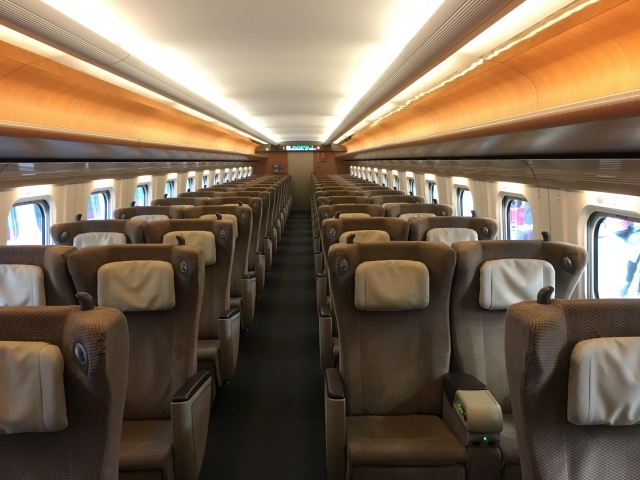
Most shinkansen services will have one Green Car, identified by a green four-leaf clover symbol. These cars are reservation only and slightly more expensive than seating in an ordinary car. Seats are more spacious and comfortable with more legroom. There are only 4 seats per row, divided by an aisle with 2 seats each side – a 2 x 2 layout. More generous spacing also allows more room for luggage. Extra features including a reading lamp and footrest make the Green Car comfortable. Popular with business travellers, these carriages are typically quiet and can be compared to business class on an airline. For the relatively small price difference, Green Car is a good option for travellers who want that extra bit of comfort and quiet.
GRAN CLASS
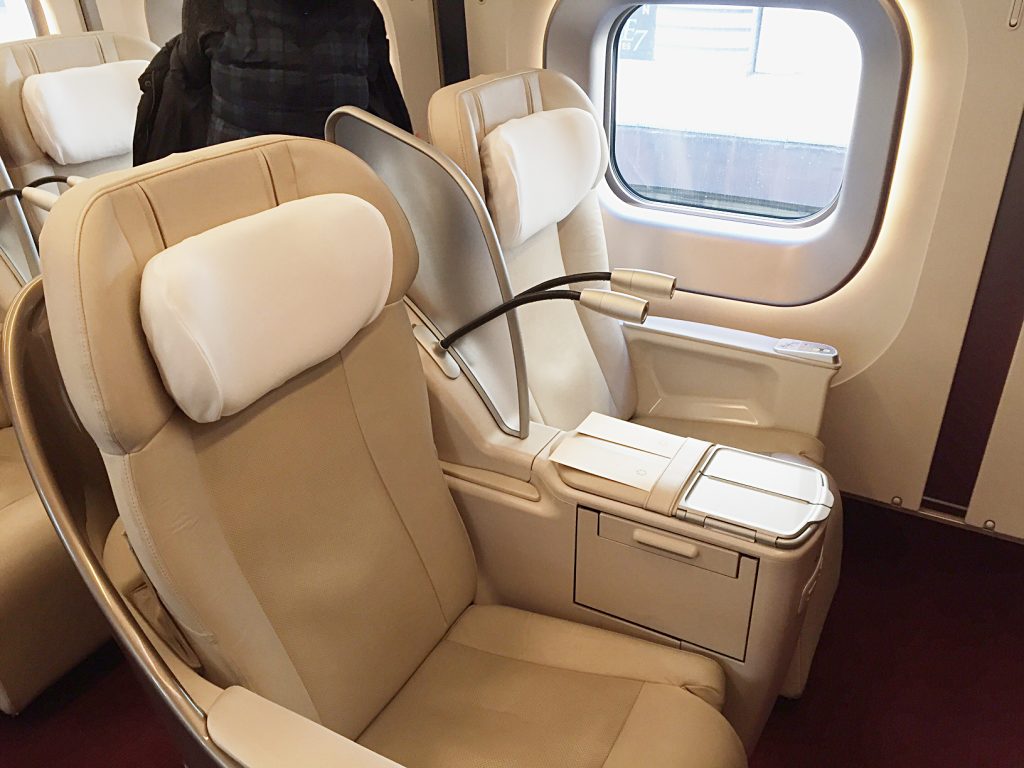
Gran Class is the equivalent of first or luxury class. Each carriage includes 18 seats, separated by an aisle with 1 and 2 seats either side – a spacious 2 x 2 layout. Leather, fully-automated reclining seats offer travellers real comfort with a dedicated Gran Class attendant on-hand to serve complimentary meals, drinks, newspapers, magazines and other items. Gran Class is notably more expensive and is not included on all services.
CONNECTION TO THE YAMAGATA SHINKANSEN
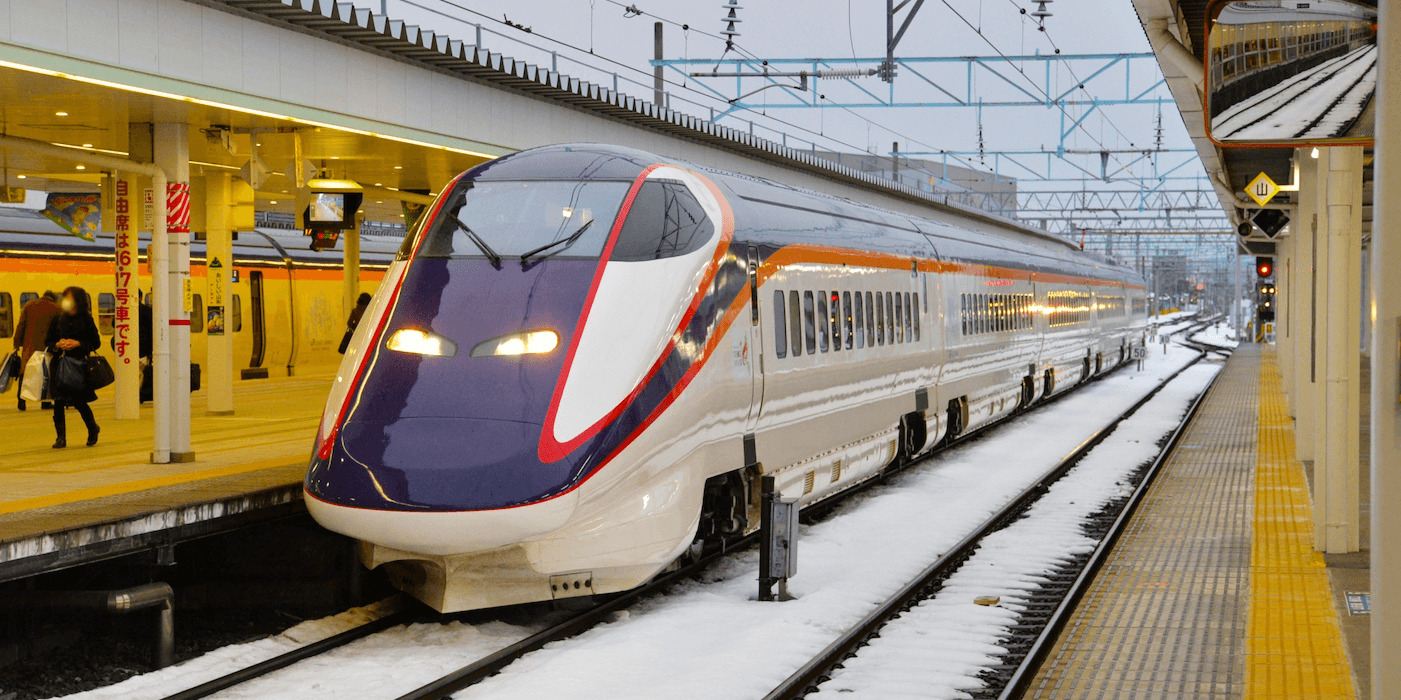
The Yamagata Shinkansen is a regional line branching-off from the main Tohoku line at Fukushima Station and running to Shinjo Station via Yamagata Station in Yamagata Prefecture. Stops on the line include:
Fukushima / Yonezawa / Takahata / Akayu / Kaminoyama-Onsen / Yamagata / Tendo / Sakurambo-Higashine / Murayama / Oishida / Shinjo
For the daily schedule, see our ‘Yamagata Shinkansen Timetable’ page. Some services operate from Tokyo Station and others start at Fukushima. While the line from Tokyo to Fukushima is a separate shinkansen line, from Fukushima onward trains operate on a standard gauge line and do not reach the speeds of true shinkansen services. For this reason, the line is often referred to as a ‘mini-shinkansen’. Some services run directly from Tokyo and continue onto the Yamagata line while you also have the option of transferring services at Fukushima Station. But the most convenient way it to use the:
Tsubasa Tokyo to Yamagata: 145 to 175 minutes / Tokyo to Shinjo: 210 minutes
Running from Tokyo to Yamagata and onto Shinjo, ‘Tsubasa’ services are coupled to ‘Yamabiko’ services as far as Fukushima, where they uncouple and run onto the stations listed above – meaning there is no need to transfer at Fukushima. All services include both non-reserved and reserved seating – with a 2 x 2 seat layout rather than the standard shinkansen 3 x 2 seats (due to the need to run on narrower standard gauge tracks) – along with a Green Car however there is no Gran Class.
CONNECTION TO THE AKITA SHINKANSEN
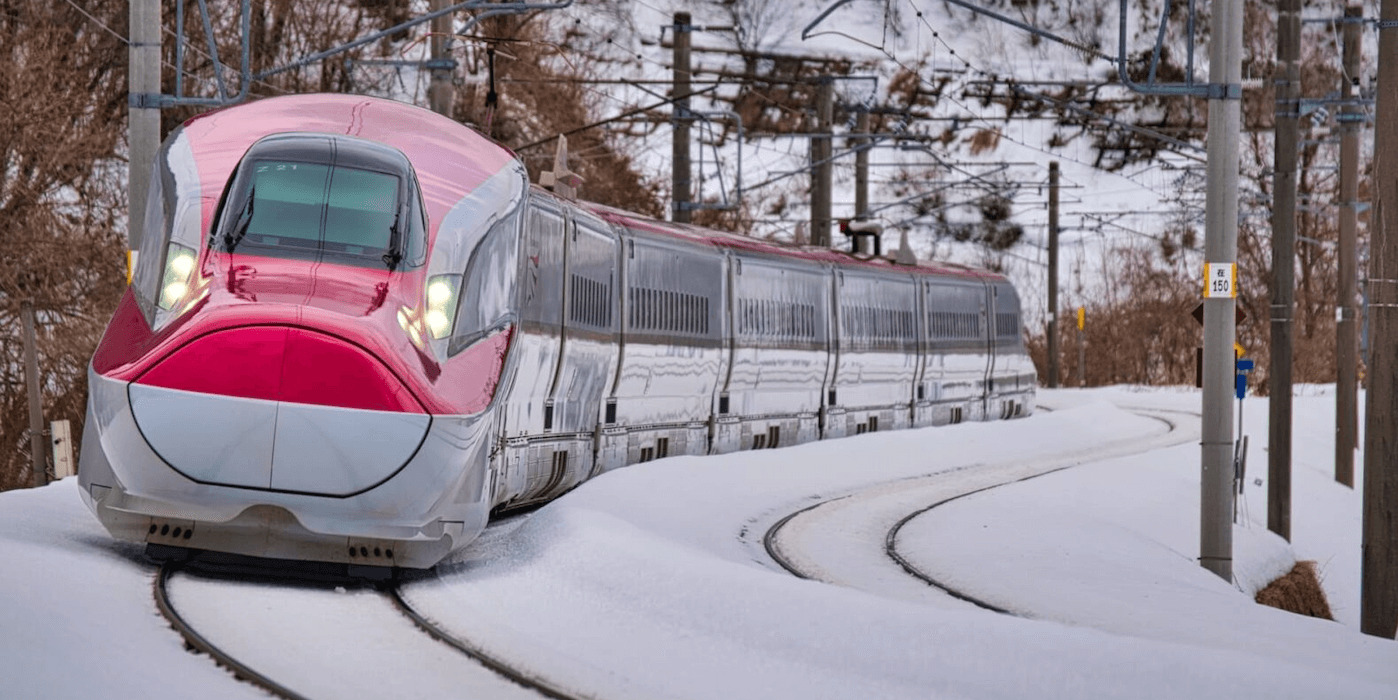
The Akita Shinkansen is a regional line branching-off the main Tohoku line at Morioka Station and running to Akita Station in Akita Prefecture. Stops on the line include:
Morioka / Shizukuishi / Tazawako / Kakunodate / Omagari / Akita
For the daily schedule, see our ‘Akita Shinkansen Timetable’ page. Some services operate from Tokyo Station and others start at Morioka. While the line from Tokyo to Morioka is a shinkansen line, from Morioka onward trains operate on a standard gauge line and do not reach the speeds of true shinkansen services. For this reason, much like the Yamagata Shinkansen, the line is often referred to as a ‘mini-shinkansen’. Some services run directly from Tokyo and continue onto the Akita line while you also have the option of transferring services at Morioka Station. But the most convenient way it to use the:
Komachi Tokyo to Akita: 200 to 230 minutes / Morioka to Akita: 95 minutes
Running from Tokyo to Akita, ‘Komachi’ services are coupled to ‘Hayabusa’ services as far as Morioka, where they uncouple and run onto the stations listed above – meaning there is no need to transfer at Morika. All Komachi services are reserved seating only – with a 2 x 2 seat layout rather than the standard shinkansen 3 x 2 seats (due to the need to run on narrower standard gauge tracks) – and include a Green Car but no Gran Class.
CONNECTION TO THE HOKKAIDO SHINKANSEN
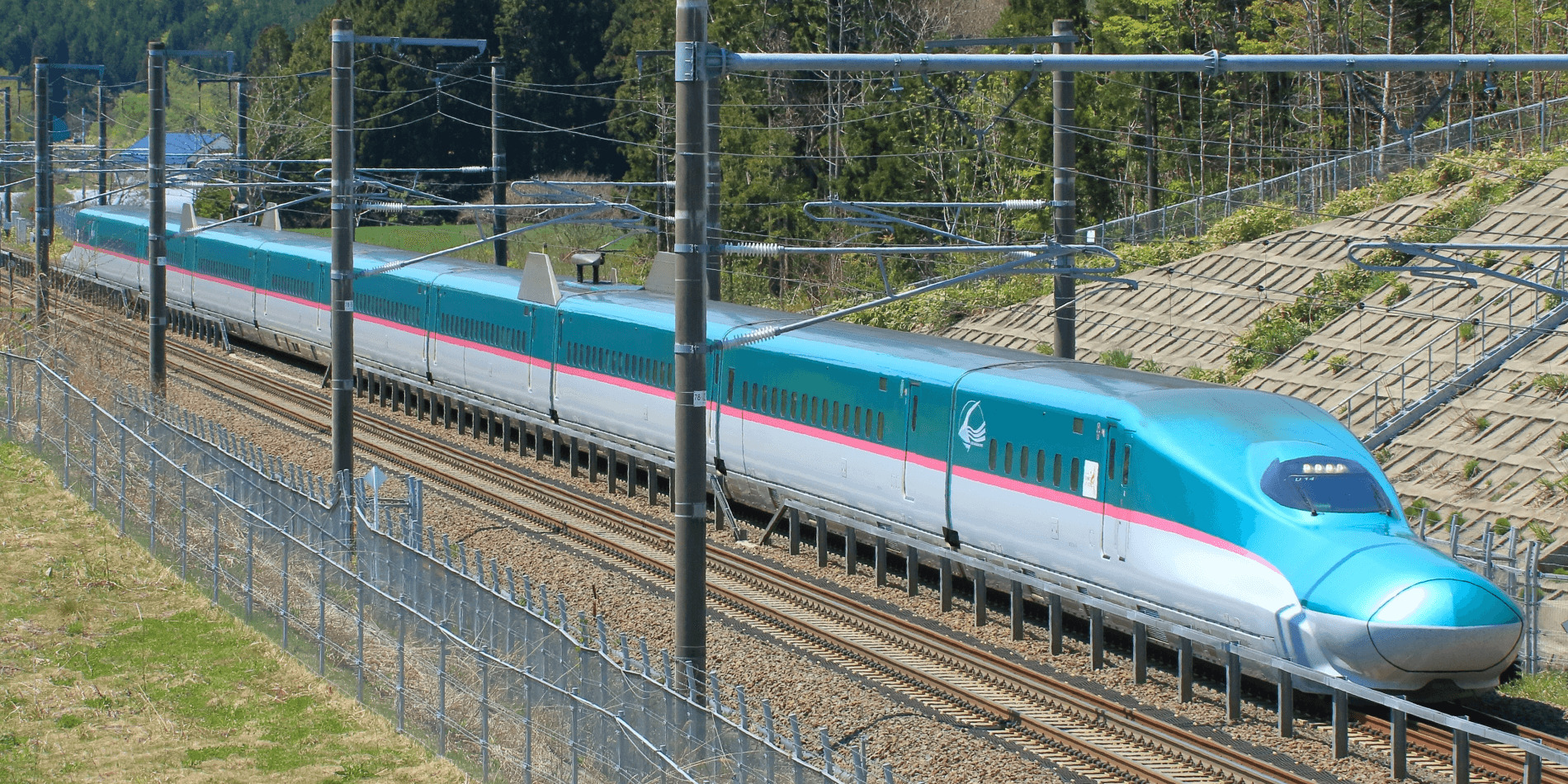
The Hokkaido Shinkansen is an extension of the Tohoku line, connecting Japan’s main island of Honshu to the northern island of Hokkaido via the undersea Seikan Tunnel. At this time it runs as far as Shin-Hakodate-Hokuto Station with extension to Sapporo expected to be completed by 2030. The line currently includes only four stops:
Shin-Aomori / Okutsugaru-Imabetsu / Kikonai / Shin-Hakodate-Hokuto
For the daily schedule, see our ‘Hokkaido Shinkansen Timetable’ page. Both ‘Hayabusa’ and ‘Hayate’ services – as discussed above – operate from Tokyo or Sendai to Shin-Hakodate-Hokuto and Morioka or Shin-Aomori to Shin-Hakodate-Hokuto respectively:
Hayabusa Tokyo to Shin-Hakodate-Hokuto: 235 to 265 minutes
‘Hayabusa’ services are the fastest on the Tohoku and Hokkaido lines, with service times dependent on which stations the specific station stops at. As noted above, all seats on this service are reserved – meaning that even if you have a JR Pass, you’ll need to go into an office and book a seat (at no additional charge) with Green Car and Gran Class carriages included on each service.
Hayate Shin-Aomori to Shin-Hakodate-Hokuto: 55 to 65 minutes
All seats on this service are reserved – meaning that even if you have a JR Pass, you’ll need to go into an office and book a seat (at no additional charge) with Green Car and Gran Class carriages included on each service.
FARES & TIMETABLES

Numerous services operate on the Tohoku Shinkansen line each day. For details including the timetable, please refer to our ‘Tohoku Shinkansen Timetable’ page.
Obviously fares will vary greatly depending on your start and end point and whether you with to book a non-reserved (NR), reserved (R), Green Car (GR) or Gran Class (GC) carriage. But as guide, the following prices are accurate as of March 2022*:
Tokyo to Koriyama = NR: JPY7810 / R: JPY8340 / GR: JPY12,000 / GC: JPY15,150.
Tokyo to Yamagata = R: JPY11,450 / GR: JPY15,110.
Tokyo to Shinjo = R: JPY13,000 / GR: JPY17,870.
Tokyo to Sendai = NR: JPY10,560 / R: JPY11,410 / GR: JPY15,070 / GC: JPY17,900.
Tokyo to Morioka = NR: 13,960 / R: JPY15,010 / GR: JPY19,880 / GC: JPY22,510.
Tokyo to Akita = R: JPY18,020 / GR: JPY23,090.
Tokyo to Shin-Aomori = R: JPY17,670 / GR: JPY23,740 / GC: JPY28,980.
Tokyo to Shin-Hakodate-Hokuto = R: JPY23,430 / GR: JPY32,300 / GC: JPY40,680.
*Please note that pricing is subject to change and the above prices should be used only as a guide.
TICKETING & TRAVEL PASSES
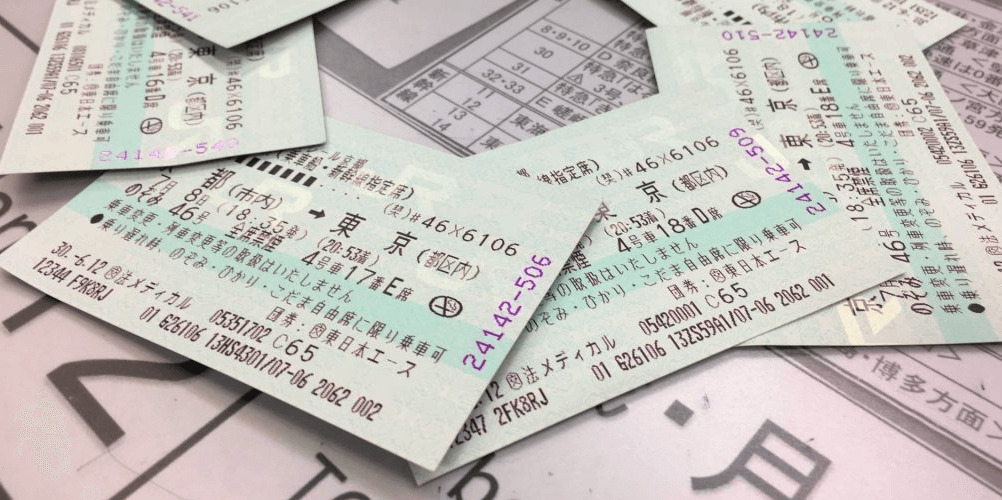
Tickets can be purchased at any major station using the shinkansen ticket machines or Japan Rail office (both will be clearly marked). English-speaking attendants are usually on-hand to assist at major stations. Alternatively, tickets can be purchased online up to 30 days in advance of your intended date of travel.
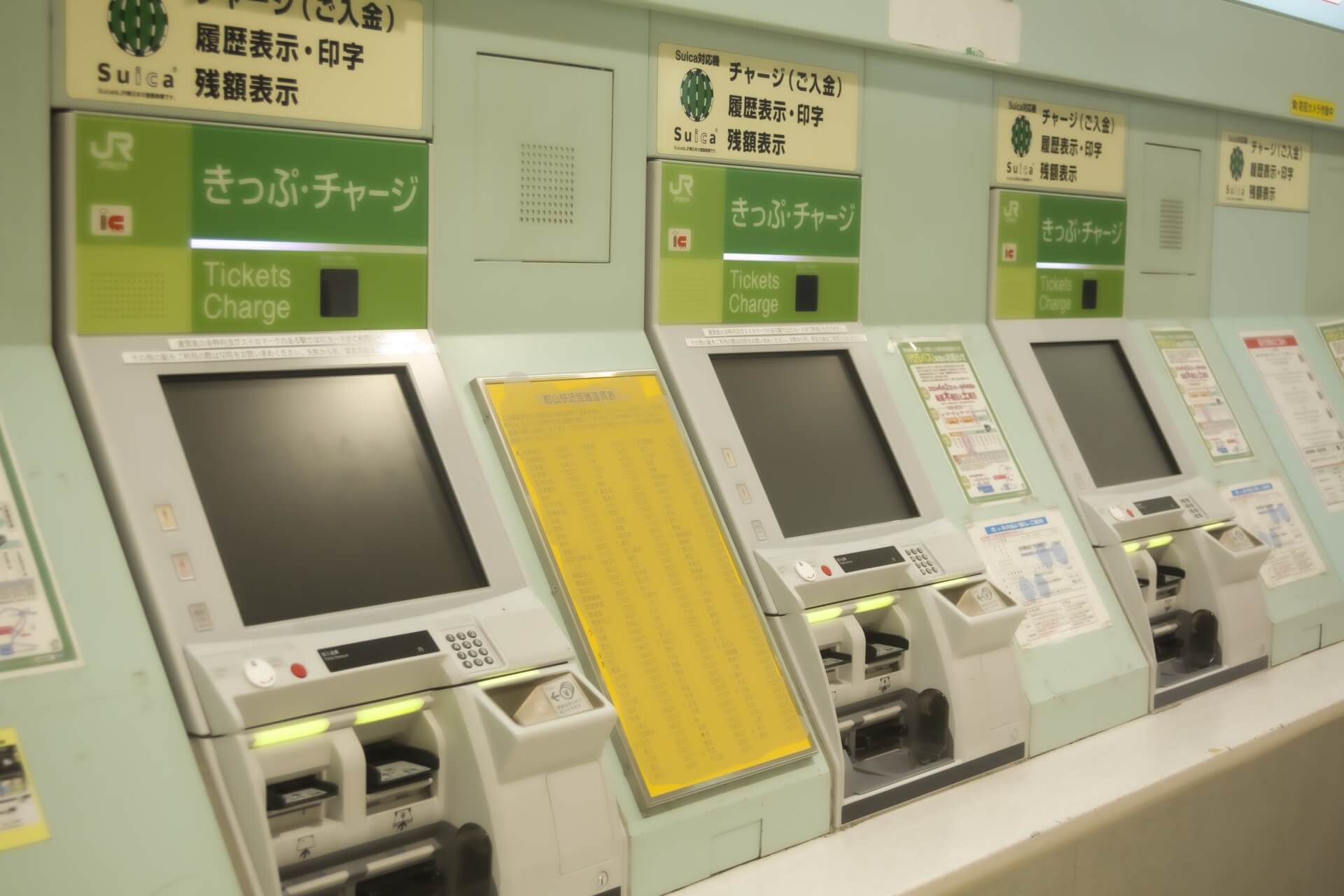
There is no escaping the fact that travel using the shinkansen is expensive. Given the speed and distances covered by these trains, travellers should think of them much like taking a flight, with tickets accordingly priced. International visitors to Japan have the option of purchasing one of several passes which allow for unlimited use of the Tohoku and (for some passes) other shinkansen and train services.
JAPAN RAIL (JR) PASS
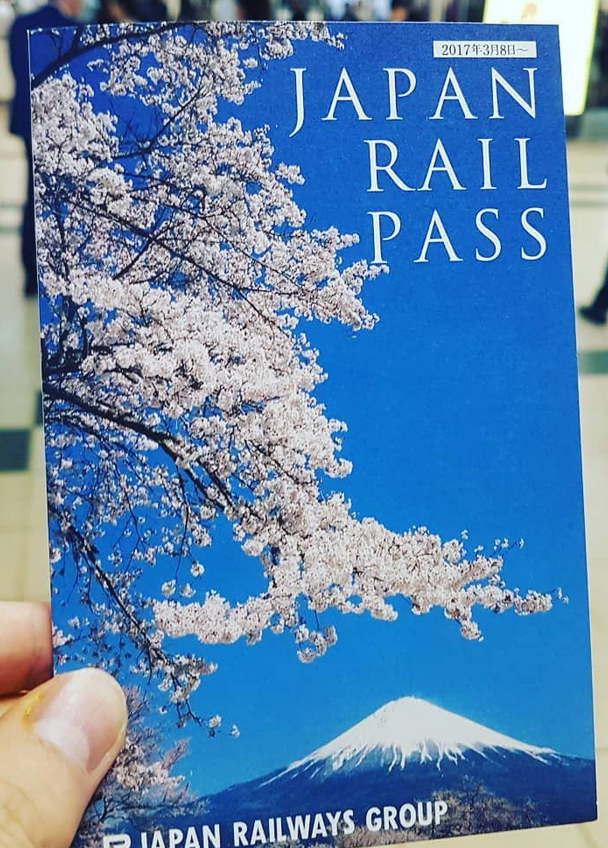
Covering all 9 shinkansen lines in Japan and many other train services, the Japan Rail (JR) Pass is a great option for visitors planning to use the shinkansen more than a handful of times and/or travel large distances. Travellers have the option of 7, 14 and 21-day passes covering either Ordinary or Ordinary and Green Cars. The JR Pass allows for use on all Tohoku, Yamagata, Akita and Hokkaido Shinkansen services but noting that should the service be reservation-only or you want to book a reserved seat, you will need to do so at a ticket office prior to boarding the train at no additional cost.
TOHOKU SKI RESORTS
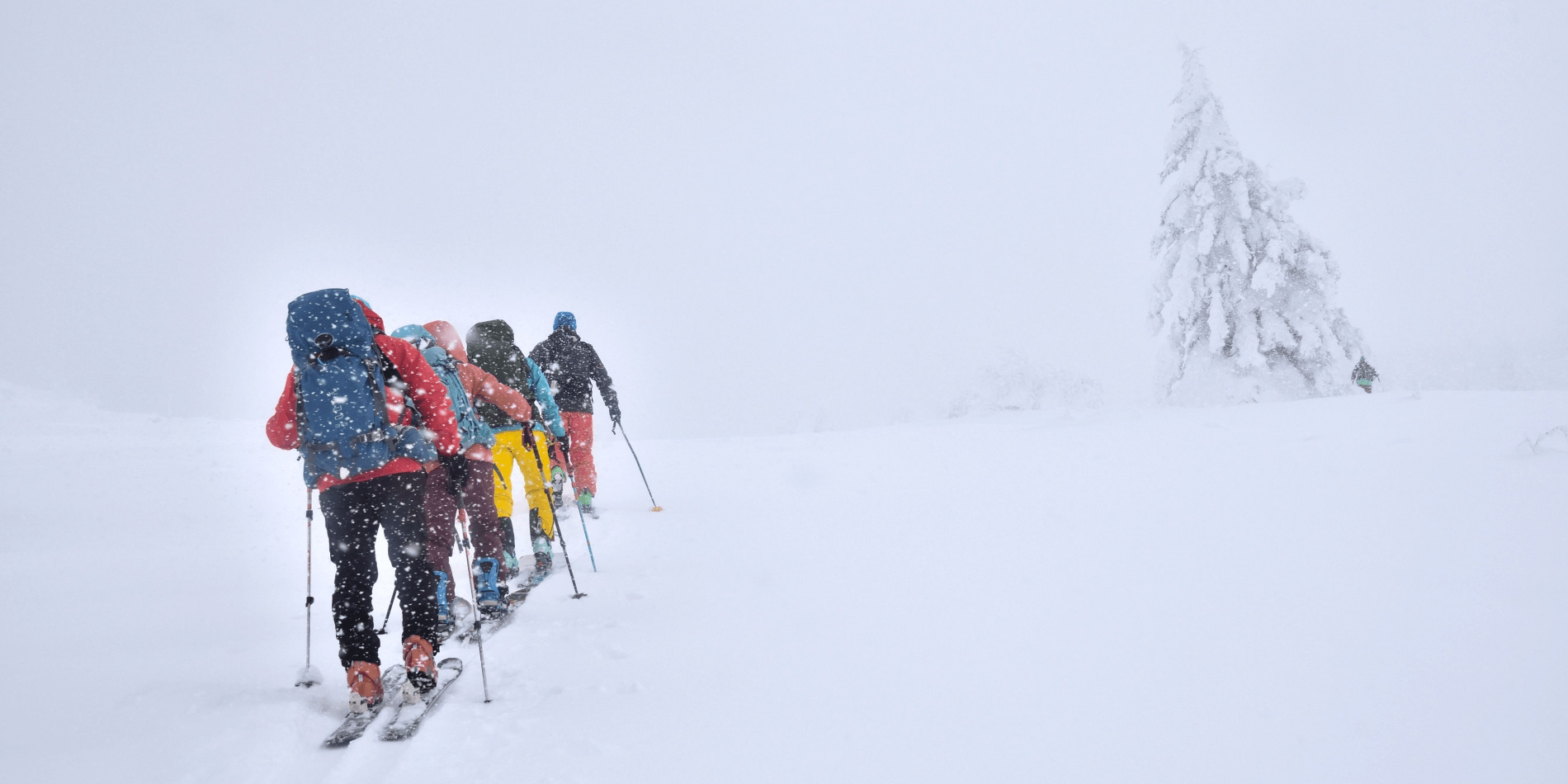

Though they might not be as well-known as the resorts of Nagano, Niigata and Hokkaido, the ski resorts of Tohoku offer some excellent skiing and snowboarding and a different atmosphere to the more developed and international resorts of Japan. Our ‘Tohoku Ski Resorts’ page has everything you need to know including all the stats, facts, highlights and accommodation for Hoshino Resorts Alts Bandai, Zao Onsen Ski Resort and Appi Kogen Ski Resort.
PLAN YOUR VISIT TO JAPAN
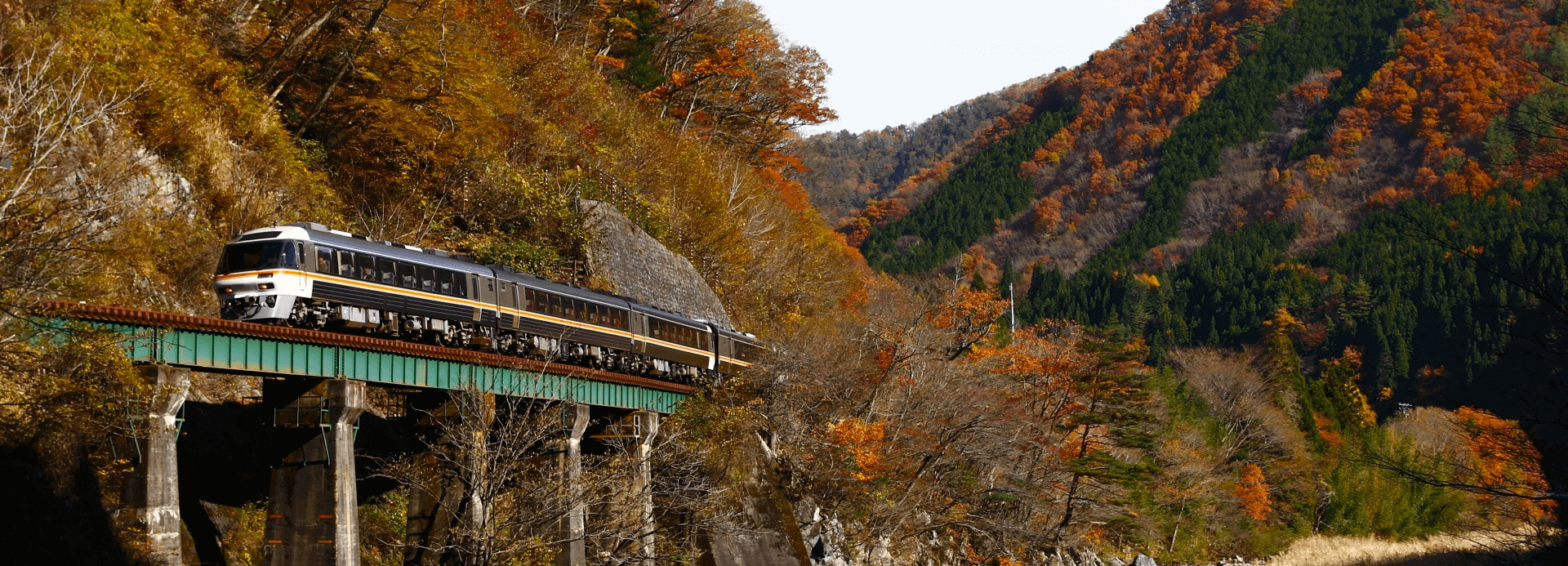

The Tohoku Shinkansen is just one part of Japan’s fantastic rail network. Unfathomable in its size and efficiency, moving around the country by train is easy and comfortable opening-up all regions of Japan for exploration. Our ‘Plan Your Visit’ page has everything you need to know about visiting Japan – from tips on the best time to travel, times to avoid, entering and exiting the country, money matters, staying connected, accommodation, staying safe and healthy and plenty more to ensure that you get the most out of your time here.


